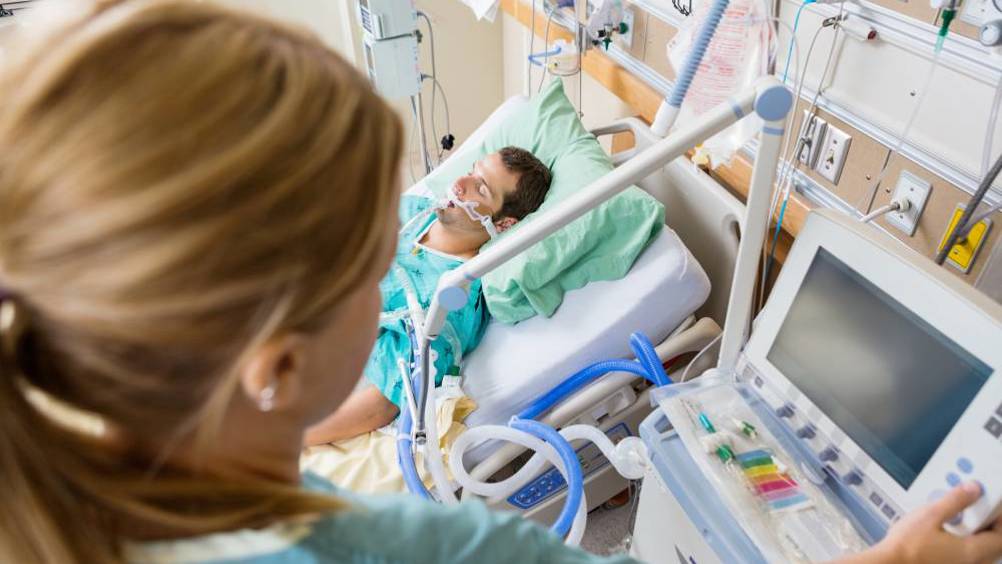References
Evaluation of the safety of inter-hospital transfers of critically ill patients led by advanced critical care practitioners

Abstract
Introduction:
Ten thousand inter-hospital transfers of critically ill adults take place annually in the UK. Studies highlight deficiencies in experience and training of staff, equipment, stabilisation before departure, and logistical difficulties. This article is a quality improvement review of an advanced critical care practitioner (ACCP)-led inter-hospital transfer service.
Methods:
The tool Standards for Quality Improvement Reporting Excellence was used as the format for the review, combined with clinical audit of advanced critical care practitioner-led transfers over a period of more than 3 years.
Results:
The transfer service has operated for 8 years; ACCPs conducted 934 critical care transfers of mechanically ventilated patients, including 286 inter-hospital transfers, between January 2017 and September 2020. The acuity of transfer patients was high, 82.2% required support of more than one organ, 49% required more than 50% oxygen. Uneventful transfer occurred in 81.4% of cases; the most common patient-related complication being hypotension, logistical issues were responsible for half of the complications.
Conclusion:
This quality improvement project provides an example of safe and effective advanced practice in an area that is traditionally a medically led domain. ACCPs can provide an alternative process of care for critically ill adults who require external transfer, and a benchmark for audit and quality improvement.
Secondary inter-hospital transfer of critically ill adults in the UK occurs frequently. The Intensive Care National Audit and Research Centre (ICNARC) case mix programme estimates that there are 10 000 critically ill adult transfers in the UK annually (Intensive Care Society (ICS) and Faculty of Intensive Care Medicine (FICM), 2019). Pre-transfer patients require high percentage oxygen, invasive mechanical ventilation and invasive monitoring. Due to the absence of an available intensive care bed or the need for definitive care at another hospital, patients often only receive a brief period of resuscitation before transfer. Patients are at high risk for deterioration in their neurological, haemodynamic and respiratory state, and even death.
The capacity of critical care services is a long-standing problem in the UK (FICM, 2018a). The centralisation of the NHS is driven by economy of scale, new technologies, corporate mergers, safety and standard concerns (Meadows et al, 2011). This increases the need for secondary transfer of critically ill patients. Critical care regional networks have responsibility for co-ordinating standards and processes for transfer (Association of Anaesthetists of Great Britain and Ireland (AAGBI), 2009; ICS and FICM, 2019). Despite developments, concerns over inter-hospital transfer safety continues. Studies highlight deficiencies in experience and training of staff, equipment, stabilisation before departure, and logistical difficulties (Droogh et al, 2015). In the realm of paediatric critical care, specialist transfer teams have been in place regionally for some years; in adults, this has only occurred in the pre-hospital arena. Adult critical care transfer continues to be delivered on a largely ad hoc basis in the UK, with transient staff, with varying levels of training and experience (Grier et al, 2020).
Register now to continue reading
Thank you for visiting British Journal of Nursing and reading some of our peer-reviewed resources for nurses. To read more, please register today. You’ll enjoy the following great benefits:
What's included
-
Limited access to clinical or professional articles
-
Unlimited access to the latest news, blogs and video content

